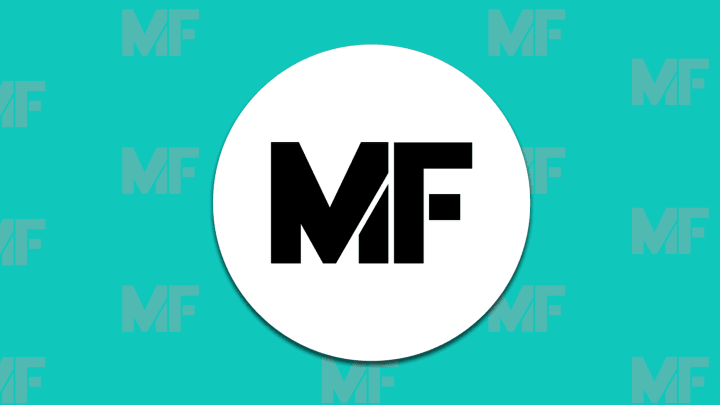Is That Movie Really a 'True Story'?

Hollywood has been known to take a few liberties with the factual events that inspire motion pictures. Just how true is that "true story" you watched on the big screen? It depends, according to London-based data journalist David McCandless at Information is Beautiful.
McCandless analyzed 10 movies scene by scene and graded the accuracy of the way they interpreted the true-life source material. Compare the reality of movies like this year’s Oscar Best Picture winner, Spotlight, and fellow nominees The Big Short and Bridge of Spies to historical dramas like The King’s Speech and The Imitation Game. Was The Social Network really the story of Facebook? Was there really that much debauchery in the story that inspired The Wolf of Wall Street?
The timelines are color-coded breakdowns of each scene’s level of adherence to reality, from "true" to "true-ish" to flat-out "false." You can also reinterpret the results based on levels of pedantry. For instance, should there really have been a shot of a crocodile in the pool of an abandoned Miami house in The Big Short? If you’re looking for absolute authenticity, then no. But if you believe in a little dramatic license, call it “true-ish.”
No matter how you look at it, The Big Short is the most accurate of all the movies analyzed, clocking in at 77.9 percent true if you’re being super picky, and 88.4 percent if you believe in a little artistic license. Spotlight is 78.9 percent true, if you’re feeling lenient.
Kudos to the 2013 Formula 1 racing movie, Rush, which starred Chris Hemsworth. The film beat out Spotlight with a 80.7 percent accuracy rating. Meanwhile, even if you’re being super generous with what constitutes a "fact," the 2015 Alan Turing biopic The Imitation Game is only 35.7 percent accurate.
See for yourself at Information is Beautiful.
All images via Information is Beautiful